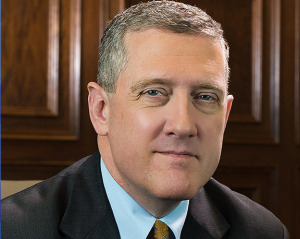Paychecks could clear faster now that FedNow service for banks has launched
The Federal Reserve launched a new instant payment service Thursday. FedNow allows banks and credit unions to sign up to send real-time payments so they can offer customers a quicker way to send money between banks.








